A Complete Analysis of “The Drinkers” by Vincent van Gogh

Explore Van Gogh’s 1890 canvas “The Drinkers,” where vibrant greens, dynamic brushwork, and communal ritual converge in a powerful study of rural solidarity.

Explore Van Gogh’s 1890 canvas “The Drinkers,” where vibrant greens, dynamic brushwork, and communal ritual converge in a powerful study of rural solidarity.

Explore Van Gogh’s 1887 Self-Portrait, where Parisian color experiments and dynamic brushwork reveal the artist’s evolving style and psychological depth.
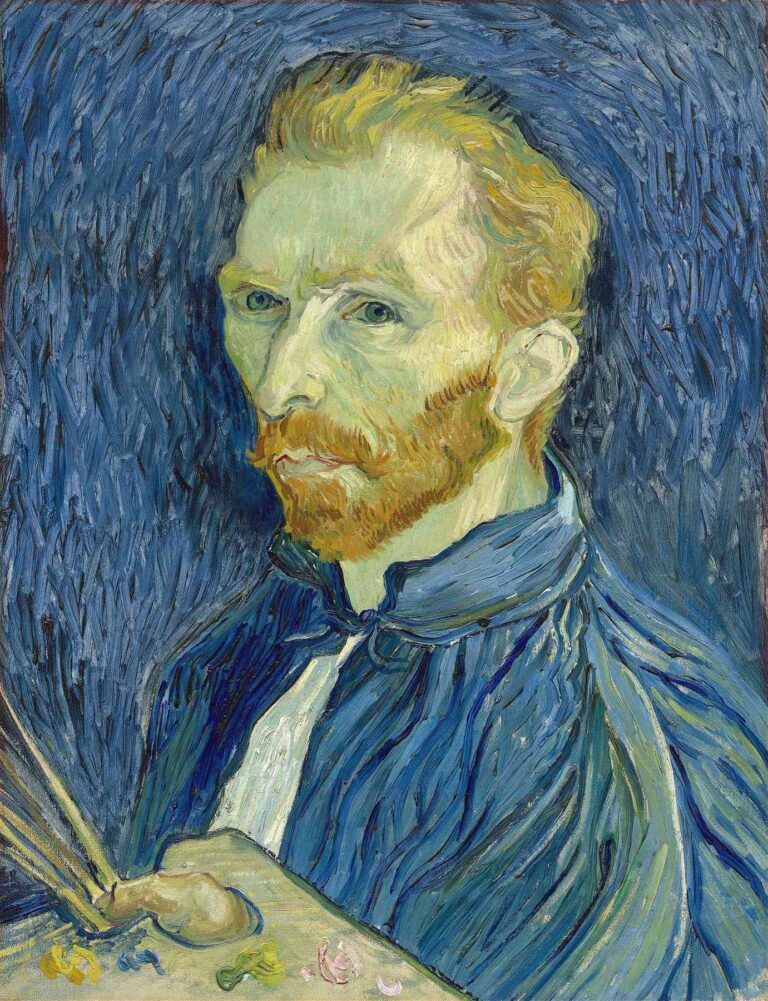
Dive into Van Gogh’s 1889 “Self-Portrait,” where swirling blues, vivid greens, and impasto brushwork reveal the artist’s emotional depth during his Saint-Rémy period.
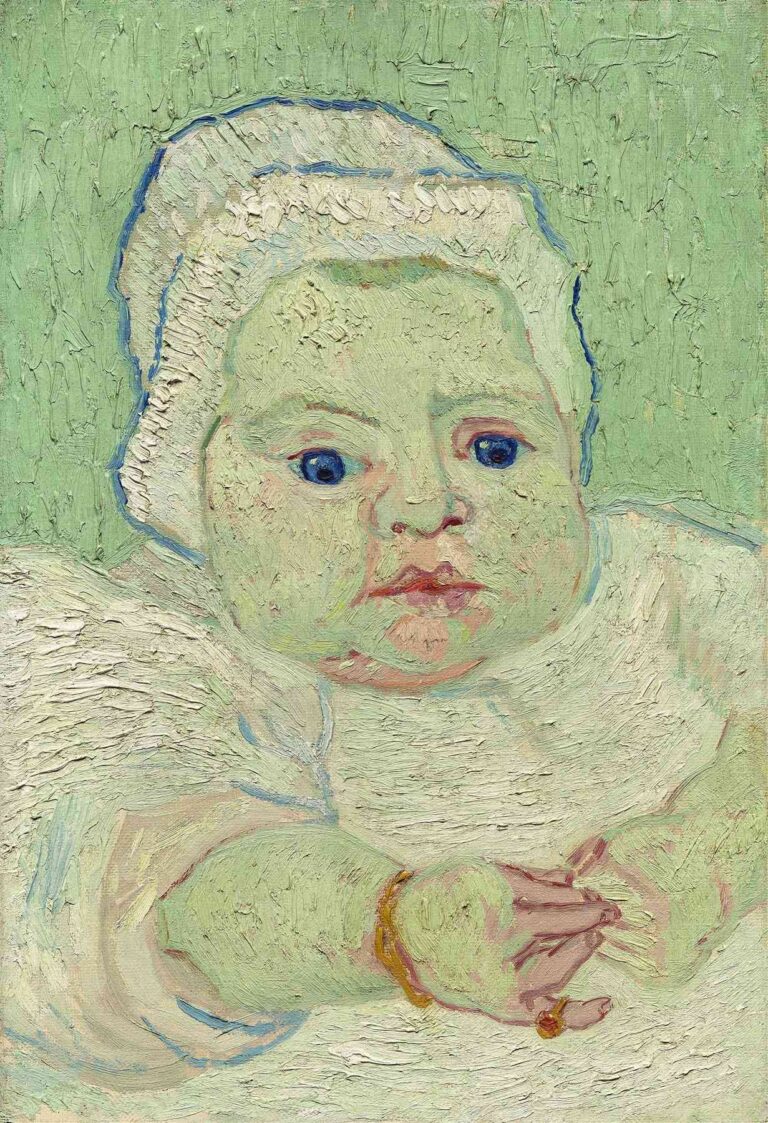
Delve into Van Gogh’s 1888 portrait “Roulin’s Baby,” where intimate composition, vibrant green hues, and impasto brushwork celebrate the universality of infancy and renewal.
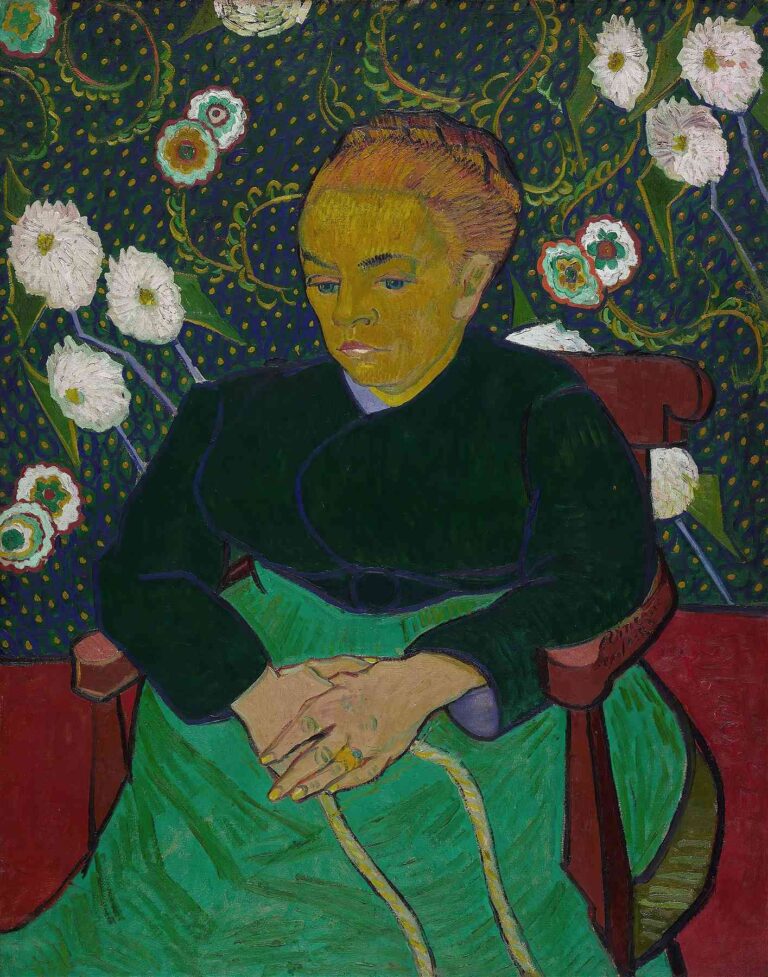
Discover how Van Gogh captures intimate maternal devotion in his 1889 portrait “Madame Roulin Rocking the Cradle,” where vibrant color and dynamic brushwork bring everyday life to luminous art.
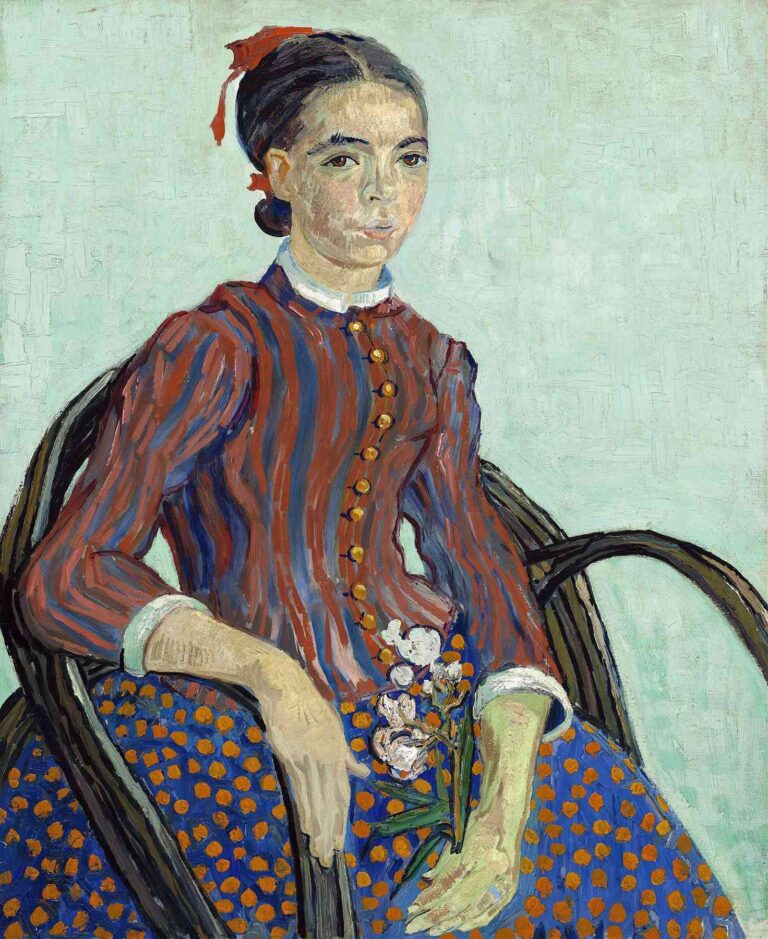
Delve into Van Gogh’s 1888 portrait “La Mousmé,” where Japanese inspiration meets Provençal color in a luminous study of youthful grace.
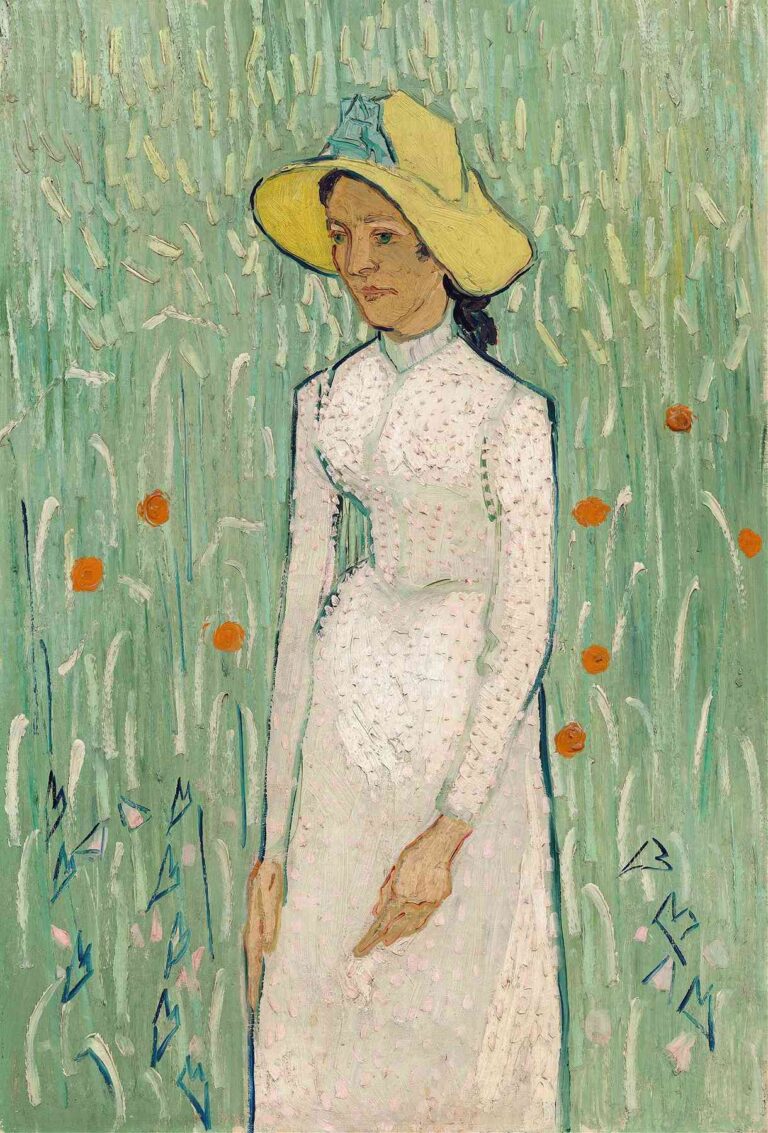
Explore Vincent van Gogh’s contemplative 1890 portrait “Girl in White,” a serene study of youth standing amid wheat and poppies during the artist’s final summer.

Discover Vincent van Gogh’s poignant 1890 portrait “Adeline Ravoux,” a haunting study of youthful vulnerability painted just weeks before the artist’s death.
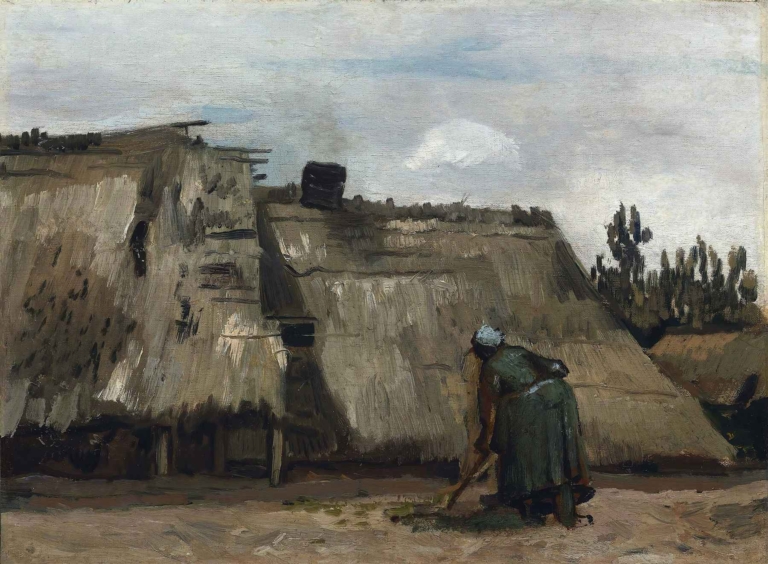
Uncover the earthy beauty and emotional depth in Vincent van Gogh’s A Peasant Woman Digging in Front of Her Cottage. This detailed analysis explores how Van Gogh’s early style, humble subjects, and dark tonal palette shaped one of his most poignant rural scenes.
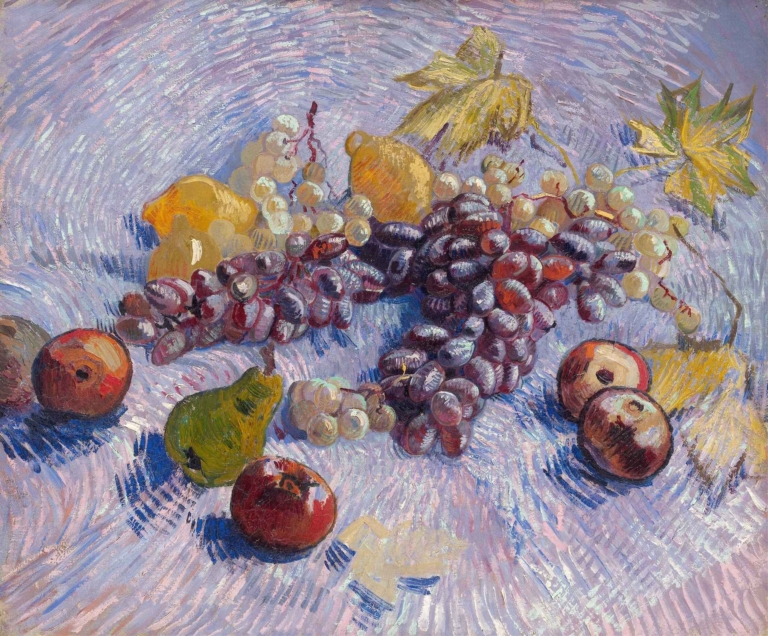
“Still Life with Apples, Pears, Lemons and Grapes” by Vincent van Gogh is a vivid Post-Impressionist still life painted in 1887. This in-depth analysis explores the work’s swirling composition, vibrant palette, expressive brushwork, and symbolic meaning, situating it as a key moment in Van Gogh’s Parisian evolution.
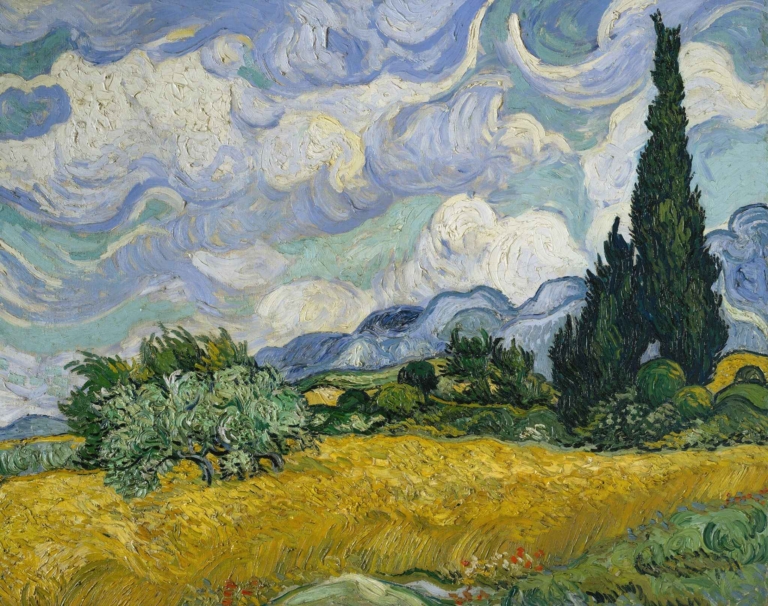
“Wheat Field with Cypresses” by Vincent van Gogh is one of the artist’s most iconic landscapes. This in-depth analysis explores the painting’s emotional symbolism, expressive brushwork, historical context, and Van Gogh’s Saint-Rémy period.
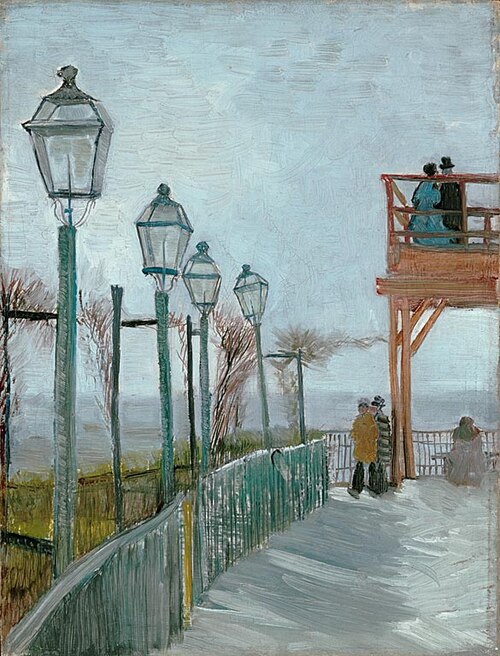
Discover the meaning and history behind Terrace and Observation Deck at the Moulin de Blute-Fin (1887) by Vincent van Gogh. This detailed analysis explores Van Gogh’s Paris period, his evolving use of color, influence from Impressionism and Japonisme, and the symbolic tension between modernity and tradition in Montmartre. Learn how this transitional work reflects Van Gogh's artistic development and emotional depth.